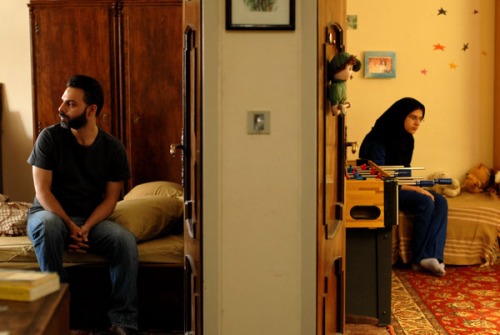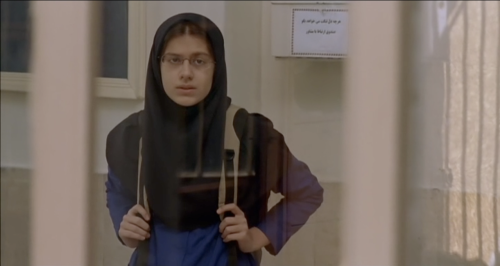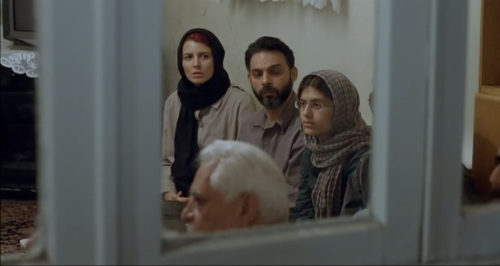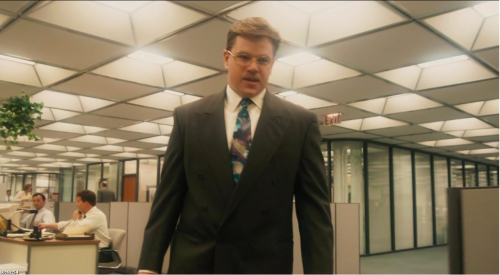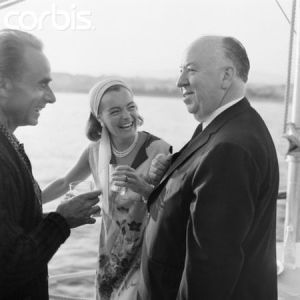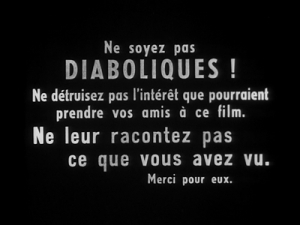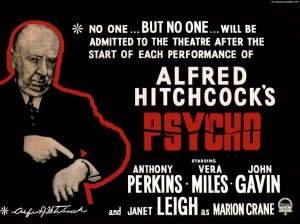For last week’s edition of the Chronicle, I reviewed Ashgar Farhadi’s A Separation and made special note of the film’s stirring final image. I’m not alone in this. Many critics are pointing to the subtle devastation brought about by Farhadi’s placement of his actors, who are positioned on opposite sides of a partition in the middle of a long hallway. It alludes to the film’s title—well, the American one at least—as the two are separated by a physical divide that occupies space within the frame.
As expertly designed as the image is, it’s not the only one to illustrate the boundaries that surround the characters. Throughout A Separation, Farhadi conceives a number of intricate shots either foregrounded by some sort of physical plane (therefor separating the actors from the camera) or assorted barriers he inserts within the frame (therefor separating the characters from each other).
In a film where open lines of communication are mired in myriad social, cultural and economic obstacles, Farhadi’s attention to spatiality renders what could have been boring, textureless shots of the film’s many interiors and instead turned their characteristics into tangible components of the mis en scene.
For example:
Though Farhadi usually avoids resorting to metaphor when establishing A Separation‘s spatial organization, he can’t resist doing so in a key early scene: Nadir is offering the job of caretaker of his father to Hodjat, an unemployed man who is unaware that his wife, Razieh, has already accepted the job yet opts to quit after her first day, admitting to not asking Hodjat permission in the first place (as is required by Iranian law). Their conversation, seemingly innocuous, is shrouded by this small but glaringly overlooked detail, one which proves germanous to the film’s narrative. Farhadi conveys this is as such:
Throughout A Separation, the role of victim is transferred from one character to the next. But as the adult constituents carry on with the ensuing drama, Farhadi pays special attention to Termeh and Somayeh, the children in the film who, despite their marginalized station as minors, bear perhaps the fullest burden of the narrative. As the film’s numerous, irascible conversations reach their assorted boiling points, Termeh and Somayeh are frequently either told to leave the room or are physically forced out, involuntarily separated from an issue they’re each intrinsically involved in:
All of which contributes to the tragedy that is the film’s final moments. Farhadi, whose realistic aesthetic borders on phenomenological, isn’t merely creating frames within frames: he’s providing a literal infrastructure by which his characters interact, a distillation of narrative technique that has rightfully secured him a nomination for Best Screenplay at this year’s Academy Awards.
His chances of winning perhaps aren’t great. But should he take home an Oscar, the win would signify his accomplishments as the author of his film—as opposed to the other category in which A Separation is nominated, Best Foreign Film, to which the award is seen more as a recognition of the representative country as a whole. Although, this year, that might not be much of a bad thing.
Here are a few more key frames from A Separation, for your (and my) viewing pleasure:

